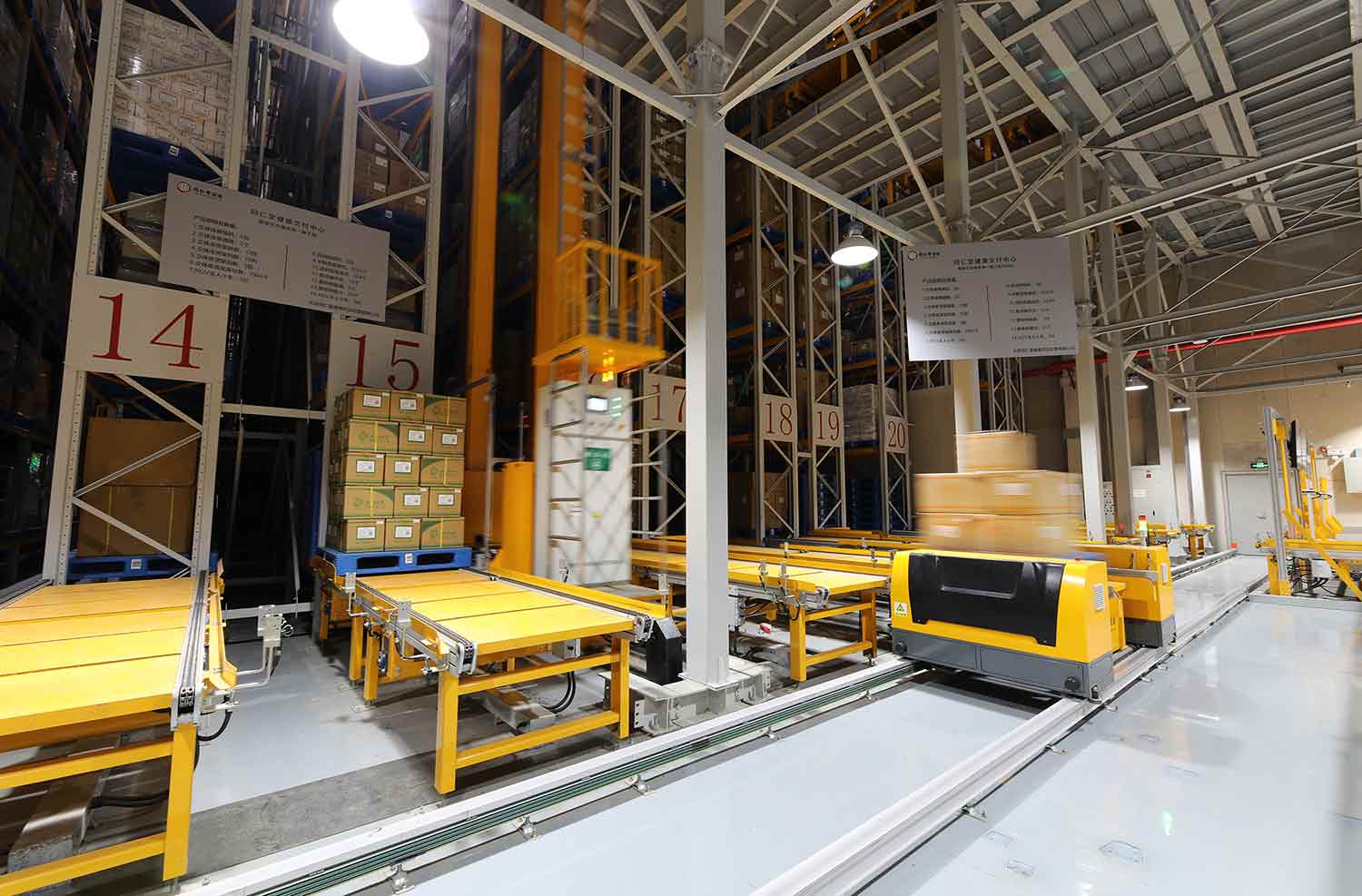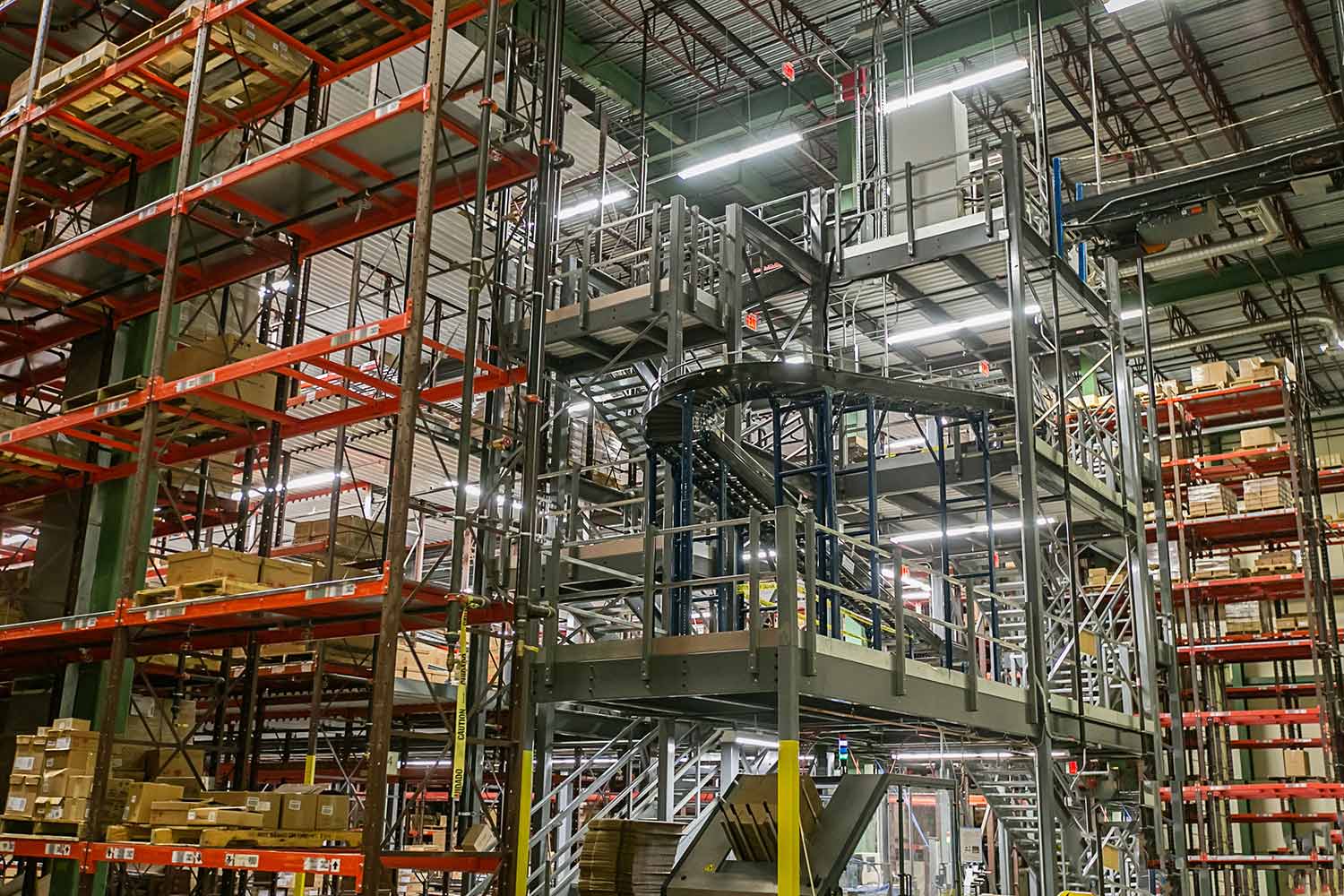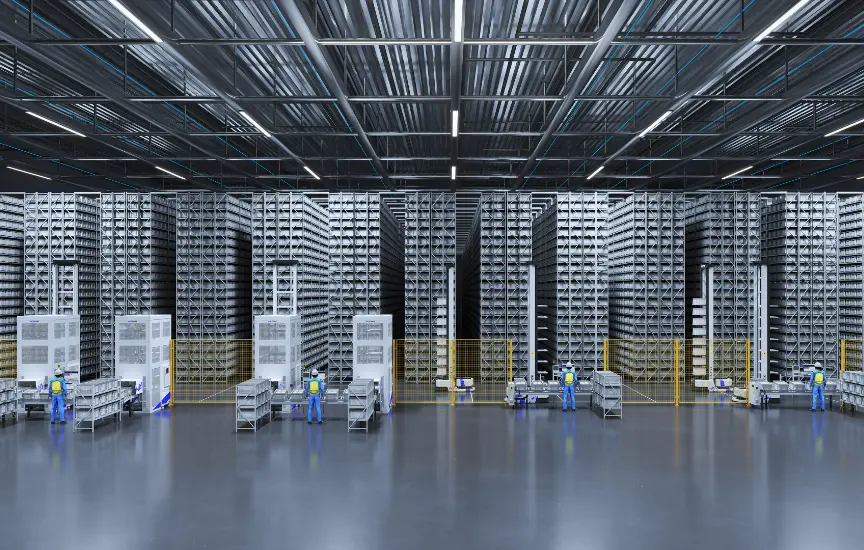
October 27th, 2023
3 min readOptimizing Profitability Through Warehouse Automation
Automation Solutions Reduce Labor Costs and Maximize Profitability
Given rising prices of just about everything plus a steadily decreasing labor pool, warehouses are under increasing pressure to improve efficiency, reduce operational costs, and – despite these obstacles – maximize profitability. The answer? Warehouse Automation.
Warehouse automation is no idealistic dream; with the right consultative and procurement partner, it is a highly effective solution. By introducing automated systems and processes, warehouses can achieve significant cost savings, streamline operations, and ultimately enhance their bottom line.
Key ways in which warehouse automation can reduce labor costs and increase profitability:
- Increased Productivity and Reduced Labor Demands
- Inventory Management and Space Optimization
- Increased Accuracy, Scalability and Data-Driven Decisions
Increased Productivity and Reduced Labor Demands
Automation eliminates the need for manual and repetitive tasks, allowing employees to focus on more value-added activities. With automated systems handling routine processes like material handling and sorting, workers can be redeployed to tasks that require problem-solving skills, quality control examination and analysis, and strategic decision-making.
And by automating various aspects of warehouse operations (such as order picking, packing, and sorting), warehouses can significantly reduce their reliance on manual labor. This translates into lower labor costs, as fewer employees are required for routine tasks, especially during peak periods.
In fact, many automation systems can operate around the clock, providing continuous service without the need for extended labor shifts or additional personnel. This extended operating time allows for faster order fulfillment and an increased capacity to meet customer demand.
Inventory Management and Space Optimization
Automated inventory control systems are able to track stock levels and monitor inventory movements in real-time, which helps optimize inventory levels – and that means reducing carrying costs and minimizing the labor involved in manual inventory management tasks.
Furthermore, automated storage systems, such as high-density automated storage and retrieval systems (AS/RS), make more efficient use of available space. By utilizing vertical storage and minimizing aisle space, warehouses can store more inventory in the same square footage, reducing the need for additional storage facilities and associated labor.
Increased Accuracy, Scalability, and Data-Driven Decisions
Lastly, automation systems are highly accurate, reliable, and scalable. Automated picking and sorting systems, for instance, minimize errors in product selection, leading to fewer returns and reduced labor required for error correction. (And improved accuracy contributes to customer satisfaction and loyalty.)
Because of the scalability of automated systems, you can expand your automation infrastructure incrementally as your business grows, ensuring that you always have the capacity to handle your operations efficiently.
In the long run, automation generates valuable data and analytics that can be tracked and used to make informed decisions, optimize processes, and further reduce costs. This data-driven approach ensures continuous improvement and cost savings over time.
Next Steps
Warehouse automation is a key strategy for reducing labor costs and increasing profitability.
By streamlining processes, improving accuracy, and enabling 24/7 operations, warehouses can maximize their efficiency and stay competitive in today’s market. While the initial investment in automation systems may be substantial, the long-term benefits in terms of labor cost savings and improved profitability make it a wise strategic choice for any warehouse operation.
IndPro is your trusted advisor for distribution and order fulfillment operations. It’s essential to work with our automation experts and system integrators to design and implement a customized automation solution that meets your specific needs and goals.
Contact a material handling and automation expert to help you streamline your operations to maximize productivity and increase your ROI.
Related Posts

The Human-Robot Partnership Requires an Upskilled Warehouse Workforce
Article
Professional Integration is Crucial for Warehouse Automation & Robotics Implementation
Article